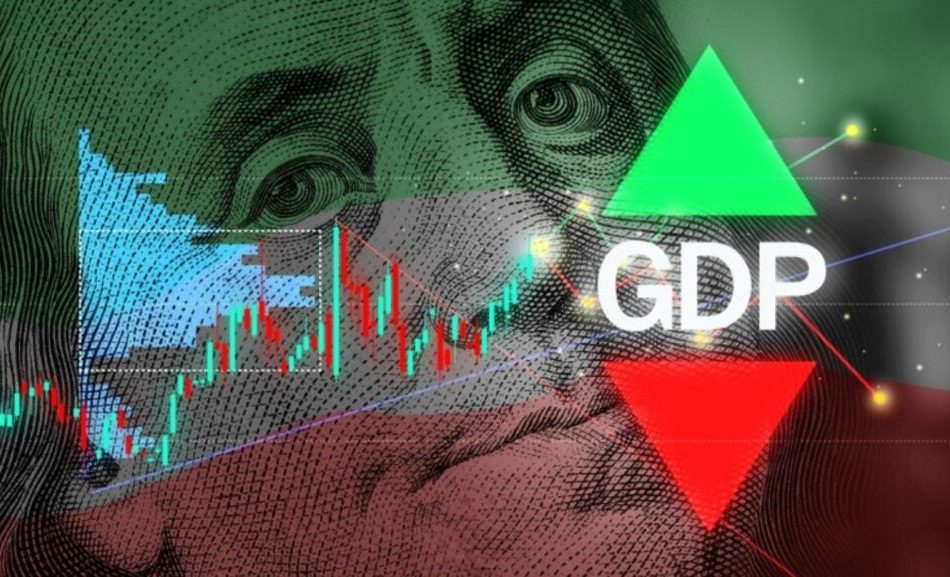US GDP Rises 2.8% In Q3, But Can The Momentum Last? What 6 Top Economists Are Saying
The U.S. economy grew at a robust 2.8% in the third quarter, but beneath the strong headline number, economists see diverging forces at play.
While the gross domestic product (GDP) growth rate marked a slight slowdown from the 3% pace recorded in the second quarter and came in also below the expected 3%, it still highlights the resilience of the U.S. economy amid a backdrop of elevated cost of borrowing and global geopolitical uncertainties.
From surging consumer spending to an unusual spike in defense spending, six top analysts weighed in on what’s fueling economic growth and whether it can last further.
See Also: Economist Daron Acemoglu And 22 Other Nobel Laureates Endorse Kamala Harris For Presidency
‘Economic Exceptionalism’
According to Mohamed El-Erian, Allianz advisor and president at Queen’s College, the third-quarter GDP numbers highlight what he calls “U.S. economic exceptionalism.”
Even with growth slightly below expectations, El-Erian indicates that America’s economy is outperforming other advanced nations, thanks largely to strong consumer spending and federal budgetary expenditures.
“Personal consumption grew by 3.7%, the highest rate since the first quarter of 2023; and defense spending increased by 14.9%, leading the expansionary fiscal impulse,” El-Erian stated.
Jeffrey Roach, chief economist at LPL Financial, also highlighted the unusual spike in defense spending as a significant factor in the third quarter growth data, but he’s cautious about its sustainability.
“Defense spending spiked almost 15% annualized, the highest since 2003 and will likely revert next quarter,” Roach stated, suggesting that this was a temporary boost.
Roach remains optimistic about the durability of consumer spending, which he views as the real anchor of growth. “Private consumption patterns appear sustainable,” he said. On investments, he flagged that the technological sector is boosting CAPEX driven by the “A.I.. craze”.
Inflation data for third quarter provided mixed signals. Core PCE, the Federal Reserve’s preferred measure of inflation, increased slightly more than expected. Goldman Sachs chief economist Jan Hatzius indicated that the composition of growth was solid, but core inflation nudged upward, leading the firm to raise its September core PCE estimate to 0.26%. On an annual basis, this would place core PCE at 2.65% and headline PCE at 2.09%.
Tailwinds For The Fed
Bill Adams, chief economist at Comerica Bank, highlighted that the outcome marks the sixth consecutive quarter of annualized growth above 2.5%, the longest stretch since 2006.
Adams predicted that the Fed will cut rates by a quarter point after Election Day.
Jamie Cox, managing partner for Harris Financial Group, called the third quarter report an ideal scenario for the Federal Reserve, with solid growth accompanied by moderating inflation.
“Growth up, inflation down is precisely what you want to see,” Cox stated, noting that a steady growth rate paired with easing inflation gives the Fed more flexibility in easing interest rates.
James Thorne, chief market strategist at WellingtonAltus, argued that “the Federal Reserve ought to consider front-loading interest rate cuts” to preemptively counter economic deceleration.
He expects interest rates to fall to 2.75%, given that the Fed’s current rate stance is too high given the economy’s cooling trajectory. Thorne called for a 50-basis-point cut to help counterbalance the “downward momentum in the economy.”
Read Next:
Image: Shutterstock
Market News and Data brought to you by Benzinga APIs
© 2024 Benzinga.com. Benzinga does not provide investment advice. All rights reserved.


Leave a Reply